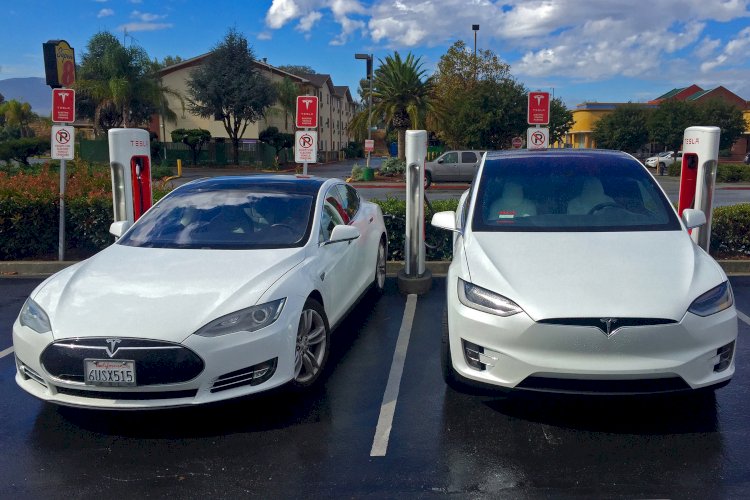EU planning on reducing dependence on China and produce own magnets for EV’s
It is expected to support local producers so they can compete in the market with Chinese rivals

The European Union has started working on initiation of development of home output of a type of special magnet which has proven pivotal in electric vehicle motors. It is expected to support local producers so they can compete in the market with Chinese rivals. The move from the EU in support toward production of rare permanent magnets is expected to mirror the legislation introduced in the U.S. earlier this month, wherein the government is providing tax credits to producers of the devices. The United States, Britain and the EU are all aiming at expanding the output of super-strong magnets which are leveraged in electric vehicles (EVs) to reach their targets of cutting carbon emissions and reduce their dependence on China, whose producers are p0resently dominating the global market scene.
European firms stated that they cannot compete with Chinese manufacturers, as they receive subsidies about over a fifth of the raw materials costs, which helps them in supplying 90% of the global market. The proposals that the EU has been initiating includes cheaper financing and compensation for higher costs of raw materials. If the producers are anticipating to invest own capital, the owners might need a coordinated effort where the capital brings in some proportion of the returns to suffice business needs. Many companies have their own commercial rare-earth separation facility across Europe and many have started preparing to develop a USD 100 million permanent magnet factory across Estonia. Some of the investors have also been pouring money in the system even though the EU proposals haven’t supported them but they received a public/private effort for boosting the production.
The EU stated that Europe is in pursuit of success in manufacturing EV batteries, which has witnessed a surge in investments after the funding and coordination proposals. The EU has now shifted its focus toward the minerals leveraged in permanent magnets, which has been witnessing a rising demand as well and meet their pledge of zero emissions by 2050.





























